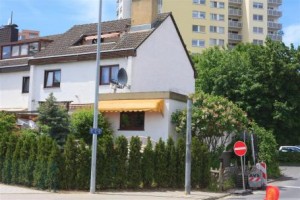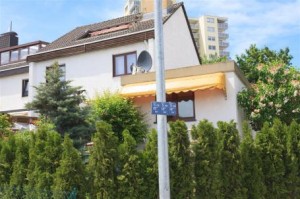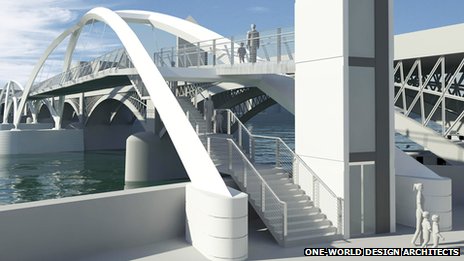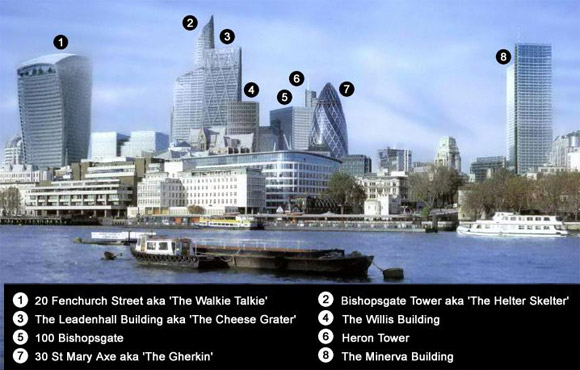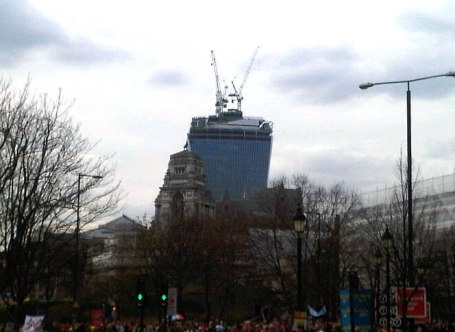Author: Cyril Richert
In accordance with the Town and Country Planning (Local Planning) (England) Regulations 2012, Wandsworth Council was (again!) seeking representations between 17 May 2013 and 28 June 2013 on Proposed Submission versions of its Local Plan documents which it is intending to submit to the Secretary of State for independent Examination.
Last review was conducted (and concluded) by a government inspector hearing in October 2011. Following the hearing session (where CJAG presented its view on Clapham Junction) the inspector concluded in its report on a global soundness of the plan. The documents were definitely adopted in early 2012 and became official policy. However, as since then the London Plan was published, Wandsworth Council has to amend its plan to seek conformity with the global rules.
You can download and read our full submission HERE.
The local plan is made by several documents, the three most important being:
- Core Strategy (this sets out the spatial vision, strategic objectives including strategic policies, for the borough of Wandsworth over the next 15 years and beyond).
- Development Management Policies Document (this sets out detailed policies for managing development in the borough).
- Site Specific Allocations Document (this sets out the main sites where development or other change is anticipated in the borough, or where the Council has particular objectives, together with policies for individual sites and details about the allocation of waste sites and detailed maps relating to the tall buildings policy).
Find below our main comments (for details, see in our representation) and criticism on the different documents:
Core Strategy
The wording of the policy is an open door to all understanding and misuse by the Council to justify any planning development. We have already numerous examples where factual breach of policies is balanced with subjective “overall benefit” in Wandsworth planning reports. Those statements have no place in the document and must be removed for the policy to become effective.
Development Management Policies Document
Although the policy seems to be specific enough, in reality many resident associations, groups and even councillors have recently criticized the lack of rigour to which those policy have been applied and often ignored by Wandsworth Council. Within the last years, Wandsworth Borough Council has passed a series of applications often making a very wide interpretation, dismissing or even ignoring existing policies. Therefore, they are not effective and need to be reinforced.
Site Specific Allocations Document
Some statements relate to hypothetical views that are not justified by any existing or even suggested possibility. Therefore it cannot be taken seriously and undermine the document as guideline for the sites. A major site (the territorial Army site) is missing.
The policies are currently often ignored or put aside by the Council
Our general point is that most of the comments made by the residents, groups and societies have been rejected or ignored in previous consultations on planning policy; it questions the purpose of the full process, other than ticking the right box at the right time.
We want to believe that this time it will be different and this new review of the local plan will give opportunities to address the concern of the local residents, including the lack of rigour of the use made of the current policy guidelines.
If you need only one example of the consideration given to the policy by planning officer, you can read the conclusion of the planning report for Capsticks site (77-83 Upper Richmond Road – 2011/0054):
“The proposal is deficient in a number of policy areas including levels of affordable housing, office re-provision, children’s play space and sustainability measures. The proposal does however provide a wider regenerative package […].
On balance, the overall benefits to regenerating this site, is considered to provide a sufficient exception for not achieving full policy objectives and could not be precedential in the consideration of future schemes in this area.”
Yep, but Wandsworth Council does not care about affordable housing, children’s space, sustainability and office space (we’re just becoming a dormitory borough and an investment place for rich foreigners!).
Similar comments have been made by other groups.
The residents of Ernshaw Place said:
“It continues to surprise and dismay local residents that they have played no part in devising these plans and have seen no shift of position by WBC after commenting and engaging with the consultation process since 2010. This is in itself against the letter and spirit of the NPPF.
Whilst local and national planning policies have evolved, the participative role of local residents and local amenity groups in forming a strategy for their local environment has consistently been dismissed under the premise that existing policies would protect them from harmful and inappropriate development. This may be the theory but has not been the reality.
We would challenge that all the planning applications approved on the Upper Richmond Road using the current policies have failed to meet significant DMPD and Core Strategy along with SSAD policies. This reflects badly on the consultation process and dismissal of objections to individual planning applications suggests that Wandsworth Council just pays lip service to the consultation process.
The policies must be strengthened and more importantly applied at planning application stage to have any validity in the eyes of those unpaid residents who have for 2 years been engaged and have fought for redevelopment on a human scale in their neighbourhood.”
The Wandsworth Society said:
“We think to make the Core Strategy effective it needs to strengthen policies that will help keep the borough a mixed live/work community and not a dormitory town. Sadly the council itself has undermined the strategy by selling for residential development many of the small-workshop sites essential to support the needs of local people, and allowing others not to include small workshop areas in large development sites. […]
Whilst we recognise that subjectivity is inevitable in planning decisions, Policy DMS4 [Tall Buildings] is unsound because, as currently interpreted, it is completely ineffectual in judging either the harm or the benefits of tall buildings. A coach and horses can be driven through the various policy guidelines.”
We have not received the Putney Society’s representation nor the Battersea Society’s comments, but you can bet they all say the same as above!
Filed under: Planning strategy
![]()

